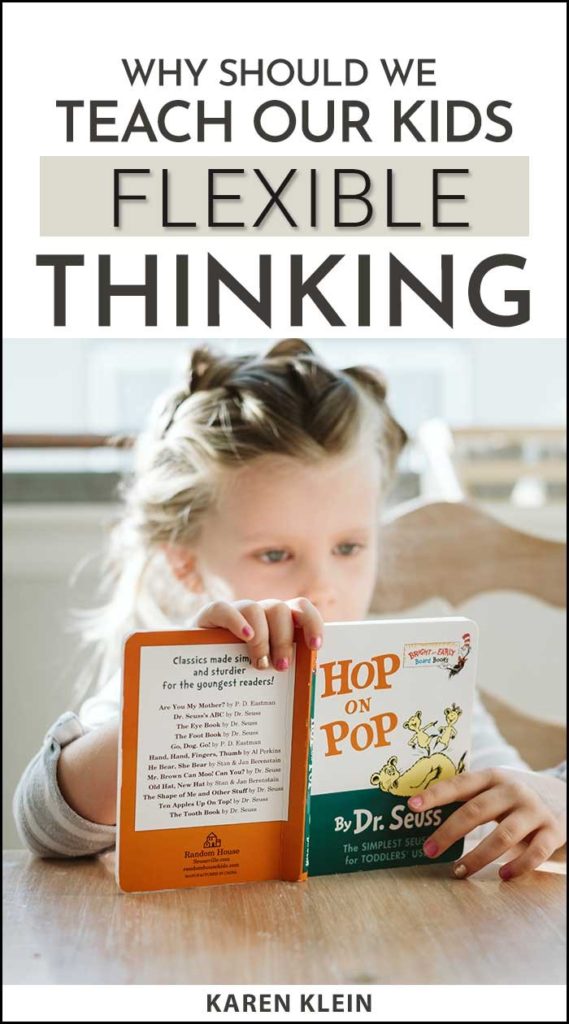
There is nothing so confining as the prisons of our own perceptions.
William Shakespeare
Affiliate links are included to help you easily find the products I recommend. I receive a small commission from purchases made when following these links. I pride myself in only recommending products I honestly trust. For more info read the full disclosure.
This one is a tough one…
You’re probably looking at this article, asking yourself what the heck is flexible thinking? Or, why is it so important?
I decided I needed to write about flexible thinking after a great talk with a girlfriend about her son, but when I went home that night and sat down to get started, I realized it may not be so easy. I found myself pretty challenged by this topic, and realized it wasn’t just me as I began discussing my idea with the people around me. Seeing everyone around me really uncertain about what flexible thinking really “meant” pushed me to gain a deeper understanding of it, and really give this article my best shot.
I’ll start by giving you some real life examples from my own experiences so you can maybe relate, and find some of your own:
I was raised as a disciplined child and expected all my children to have the same kind of discipline instilled that I did – Do a task when it is needed,when it is asked of them. No whining, no debating, no compromises. Then I met my middle daughter. Elinor never related to this disciplined personality, she had her own way of doing things and an unmatchable determination. Elinor taught me that her need for freedom exists and she will do things often not when she is asked but when she chooses. Of course, she cannot choose everything as a child, but here comes the concept of flexible thinking – Who says everything has to be 100% on my time, all the time? Who says everything needs to be fully done at the speed of light? This was my experience as a child but as a mom, I needed to adapt and see the needs of those around me as just as valuable as my own. I had to be flexible enough to “round the corners” with Elinor, get out of black & white thinking.
Another example was almost 20 years ago when I met my (now) husband and we both were looking for our first jobs in California. I had sent tons of applications out, spending whole days dedicated to the job search for weeks. He was (and still is) very different. He sent maybe 3 applicatons out in total and was watching lots of TV and playing video games. Back then I thought “this is wrong! You watch TV and expect to find a job!” …but at the end of that time, we both received job offers. His way was to be much more selective when looking at offers and define what he was looking for, instead of just sending application after applicatiom! Again, we need flexible thinking to get out of our norms, habits, ways of thinking.
This reminds me of the TED speech “My Year of Saying Yes to Everything” by Shonda Rhimes. I recommend it! Link can be found in the post “My favorite TED talks about Education: recommended for PARENTS!“
You truly have to listen to this – Sometimes by saying “yes” where we usually say “no”, we are already working on our flexible thinking skills.
So, I thought maybe it’s time to talk about this here on my blog, time to share and find ways through fun, as always, to work on that skill. For us as parents, but also for our littles!
Flexible Thinking as an Important Social Skill:
The ability to think flexibly helps people get along with others, it helps groups be more effective, and it helps people solve problems and discover new ways of doing things.
Examples of nonflexible thinking includes a child who gets very upset if their teacher moves their spot in the classroom, or if suddenly there are schedule changes and instead of math, they have English class. Another example may be that you want to go camping in a certain location but the rest of the family prefers another location Basically, sometimes we need to “flow” and give up our original plan, adapt to those around us, and accept that we won’t always have full control.
Why do we need to adapt?
To belong to a group, to respect the other opinions, to fit in but not only socially. This is crucial for your own mental health.
Let’s understand the process first:
Flexible Thinking has 2 main aspects:
Cognitive Flexibility and Shifting Set.
Cognitive Flexibility is the ability to think about something in a different way. Shifting Set is the ability to move from one way of doing something, to another.
Cognitive flexibility is the awareness of the fact that every problem or situation has a number of solutions or appropriate responses. Cognitive flexibility also strongly relates to having or developing coping skills and stress management skills (check article about games to help with stress).
Rigid thinking leads to:
- Anxiety
- Misreading situations
- Out of place behavior
- The need to control all situations to match their expectations
- Anger or meltdowns when things don’t go as planned
- Insistence on following strict, ritualistic routines
- Difficulty moving on from strong negative feelings
We want to teach our children as early as possible to think flexibly, to adapt to new situations, to open their minds to additional solutions. We want to raise children who can really listen to other people’s thoughts and opinions as they might have an idea that’s greater than their own.
How to Reduce Rigidity & Improve Flexible Thinking?
- Be A Flexible Role Model: In order to teach flexible thinking, you need to live in flexible thinking. In other words, you need to demonstrate flexible thinking in front of your kids.
For example, if you agree to someone’s suggestion even though you really wanted to do something else that afternoon, make it clear to your kids that you adapted and changed your plans.
- Create Opportunities: Present your children with sudden changes in the day. That way, they will get used to adapting to new situations.
- Reward Flexible Thinking: When you see it, reward it! A quick compliment can go a long way. You can also highlight the situation so that other children in the family can learn by exanple.
- Offer Alternatives Frequently: Offer alternatives to how things are done, said, or used as often as possible. This will help children see how to be flexible and the value in thinking flexibly.
- Play games that teach flexible thinking. One option we love to play here is “What’s this?”: Take an ordinary object like a straw and see how many different things you and your child can pretend it is: fishing rod, snake, Conductor stick… This activity encourages your child to see things in more creative ways. Another game we like to play is “I invite you to the party” and then you name 2 things you invite (based on a rule you decided that the kids need to find). They will ask “do you invite…” and you will answer yes or no depending on the rules. With time, they will understand the rule you defined. Rules can be all words starting with an “R” or all male names in the family or children up to 18 years old or all things I can see in the room… It’s beautiful to see the creative thinking happening as we play more and more during dinner time.
Here is an article about “11 Habits of Exceptionally Flexible People” I can recommend.
Source: https://sociallyskilledkids.com/flexible-thinking/
Toys and Gifts that will Improve Flexible Thinking?
There are many types of riddles and puzzles existing in the market that force us to think differently… Here are my selected ones:
here you can find 50 Riddles and Brain Teasers for Kids – Free Printable!
I invite you to check also Games & Gifts that will Teach Respect as well as How to improve our kids General Knowledge?
I hope you found this article interesting, and that it will help you for your next purchase!
You can SUBSCRIBE HERE to receive future posts to your mailbox and follow me on Pinterest.
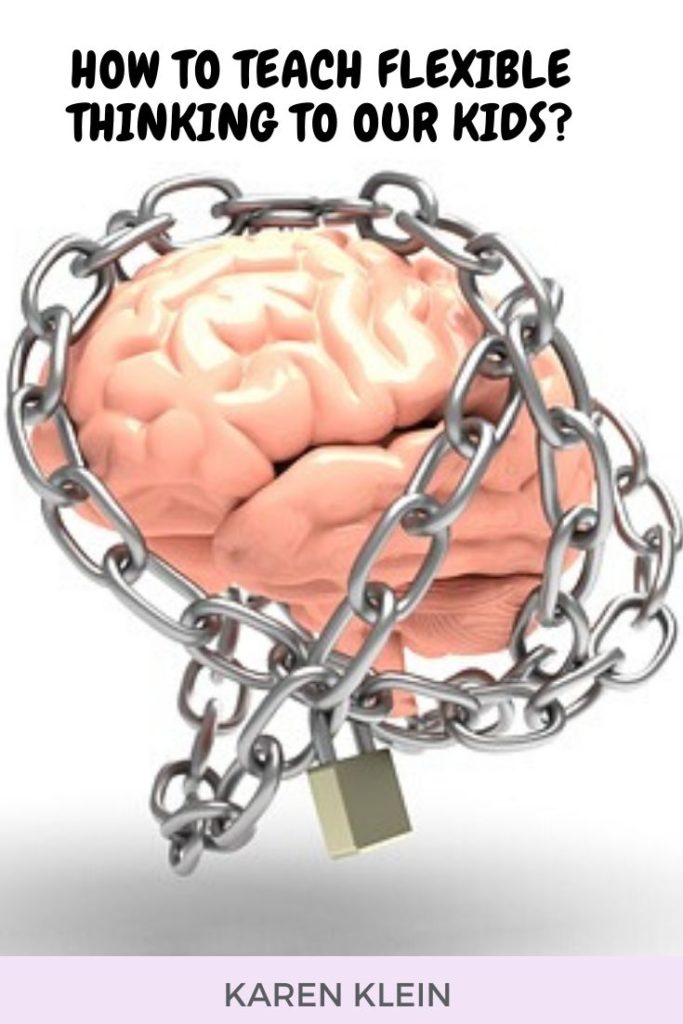

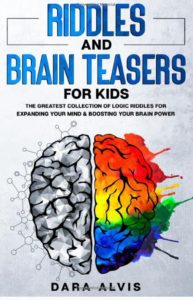

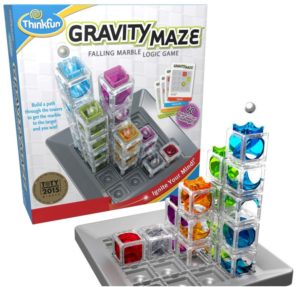
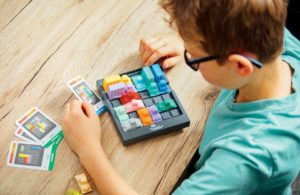
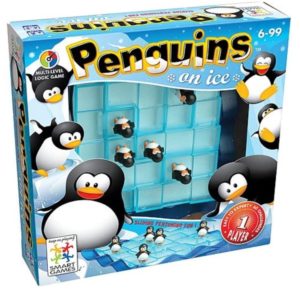




I strongly agree that flexible thinking is really important! Great games yet again!
thank you!
Yes, it is really very important to teach our children to think flexibly as early as possible in order to be able to adapt to new situations. Great games! We really like the game Penguins on Ice.